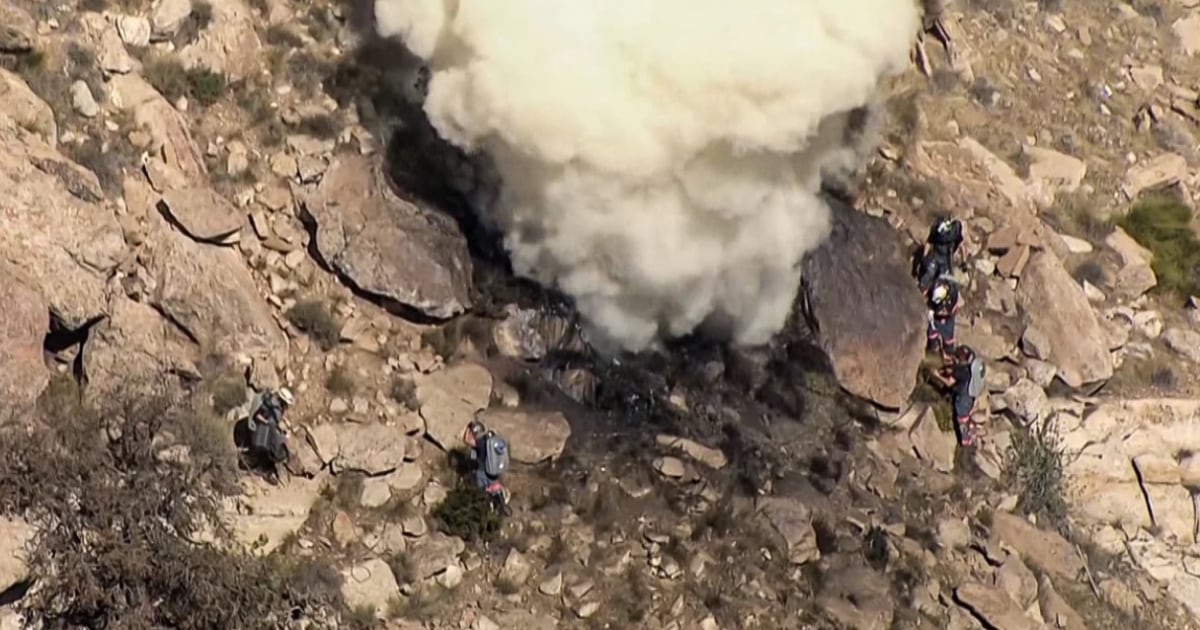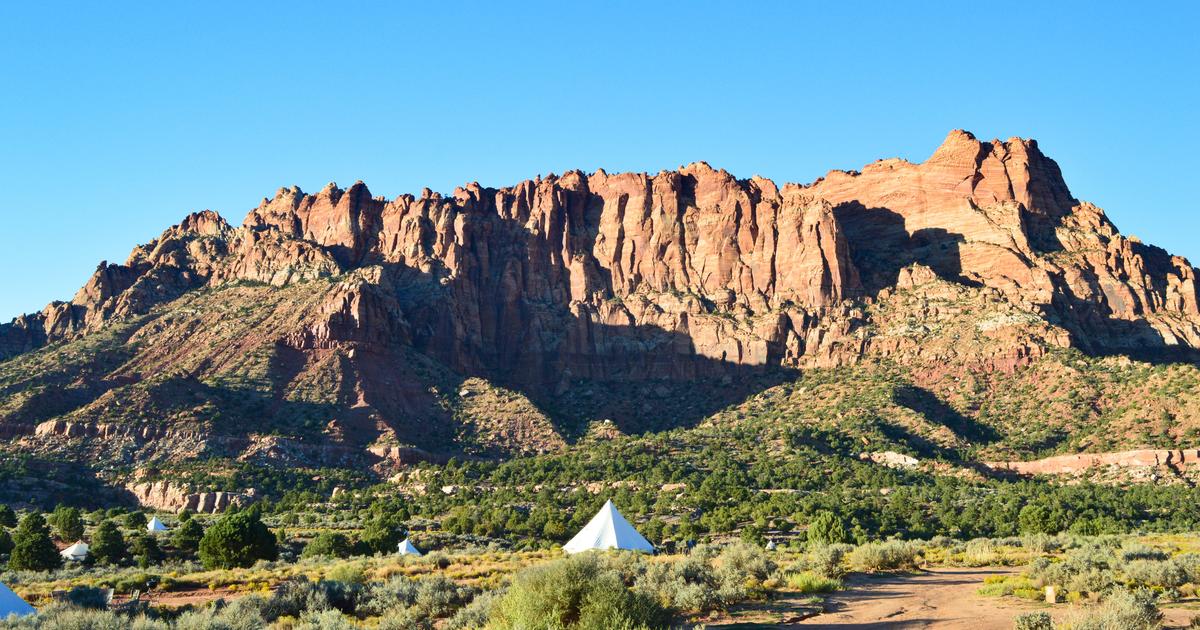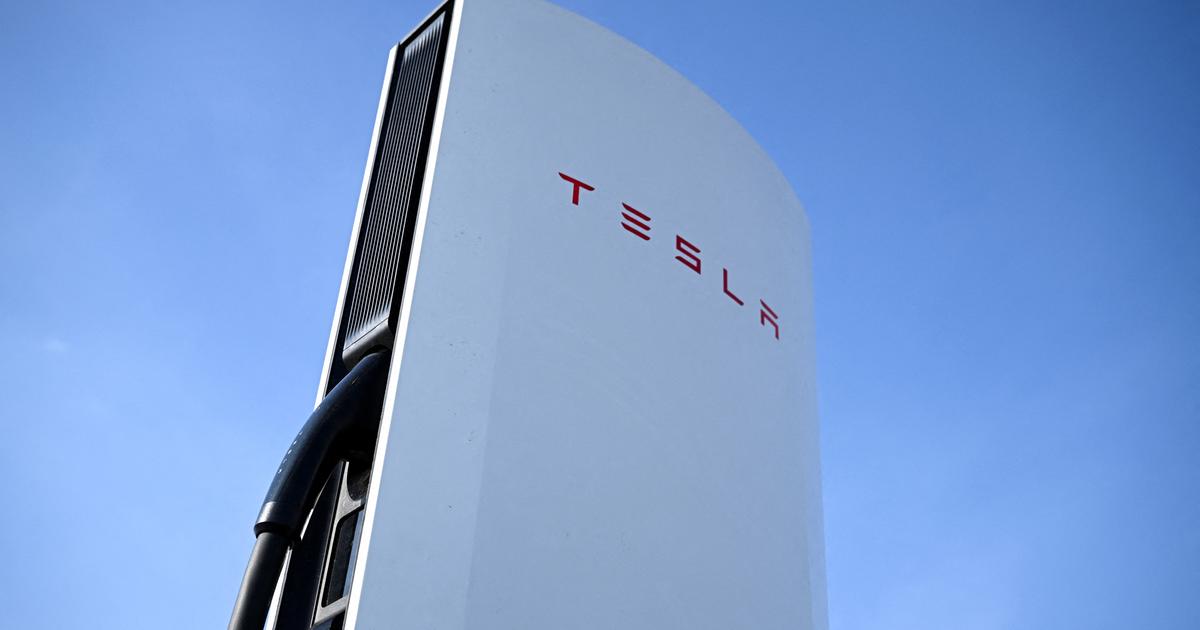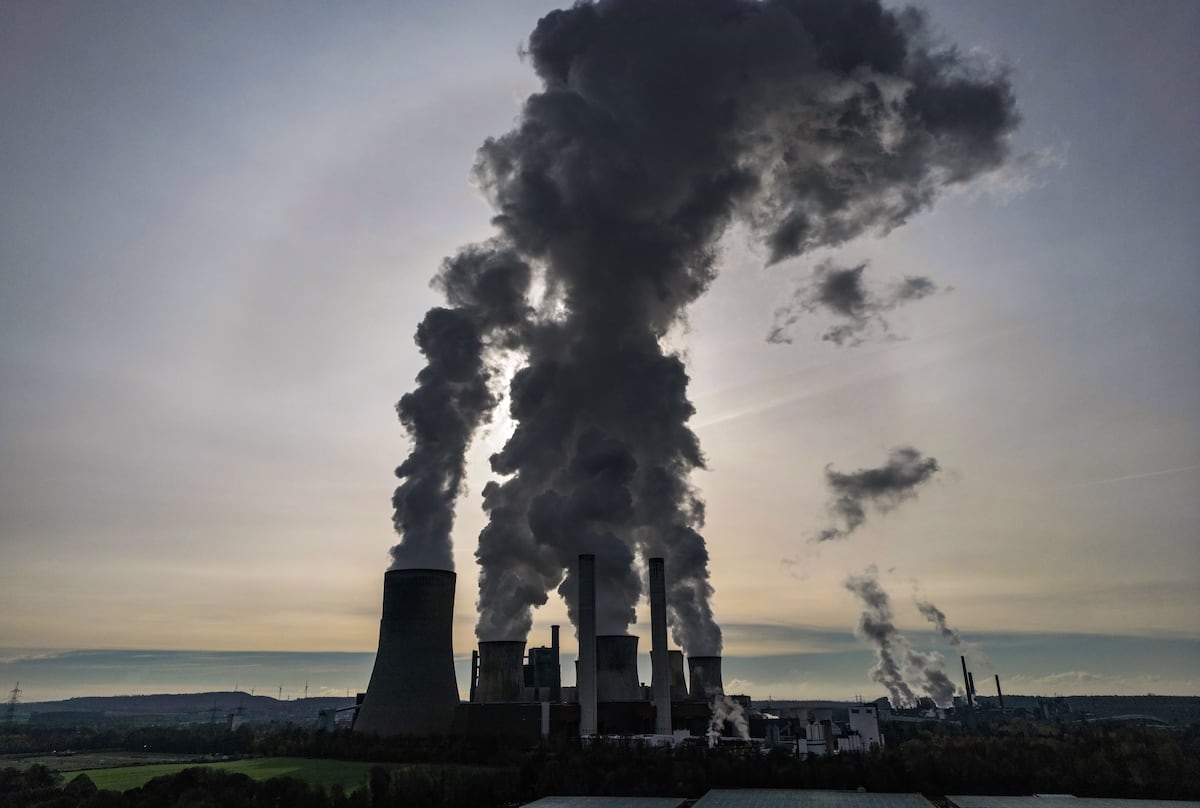By Sara Ruberg -
NBC News
In late September, an underground coal mine caught fire outside the town of East Carbon, in rural Utah.
More than two months later, it's still burning.
Now the once bustling mine called Lila Canyon faces a permanent closure, which would put its more than 230 workers out of work and leave a shortage of raw materials for energy production across the state.
The coal mine is one of the busiest in the state, producing about 28% of this mineral in Utah.
For residents near Lila Canyon, what happens next to the miners and truckers who help transport the coal is up in the air.
About a quarter of East Carbon residents live in poverty, according to data from the US Census Bureau.
“The younger ones work in the mine and that's their main source of income,” says Janice Hunt, an East Carbon resident and former mine worker.
“There could be big consequences, especially for our community.
We are already suffering,” she noted.
The Lila Canyon Mine fire burning in East Carbon, Utah, in September.KSL
It's a situation that underscores the crucial but dangerous role that coal continues to play in some parts of the country.
Even as the United States moves away from coal production, many small cities remain dependent on this risky and declining business, which accounts for 21.9% of US energy production, according to the US Energy Information Administration.
The fire now threatens to put an end to what had been one of the places where coal had tried to make a comeback in recent years, especially as the world sought undervalued energy sources after Russia's invasion of Ukraine.
Under the Trump Administration, the mine was given an extension of life when the Bureau of Land Management agreed to expand the mine.
The government at the time gave a boost to several oil, gas and coal-dependent cities by cutting royalty payments and expanding projects.
Legal documents show that the expansion is currently in limbo after the Sierra Club filed a legal complaint in June about BLM's analysis of the environmental impacts of the mine expansion.
BLM agreed to go back and review its analysis in November, about two months after the fire started.
Now the fire is affecting a community plagued by environmental problems and poverty.
“If I could leave tomorrow, I would,” Hunt says.
East Carbon is a coal town, one of the few hundred still holding out.
Other cities where mines for this mineral have already been closed are still looking for a way to get ahead.
But some struggle to reinvent themselves, sometimes even becoming ghost towns.
Although the number of miners in the town has dwindled over the years, East Carbon is marked by the coal industry that once thrived there — the town itself is an incorporation of various mining towns that suffered hardship in the past.
At the eastern end is a trading post called Miners, and its main attraction is the ruins of the coke ovens, which are large brick ovens where coal was turned into fuel for steel production.
Emery County Coal Resources, a subsidiary of American Consolidated Natural Resources, owns the Lila Canyon mine and did not respond to multiple requests for comment.
It is still unknown how the fire was discovered, the progress in its extinction and what will happen in the future with the hundreds of workers of the company.
According to local authorities, the fire is believed to have been caused by spontaneous combustion, which is not unusual in the case of a coal mine fire.
These types of fires are complicated and difficult to extinguish.
They have occurred all over the country and can last anywhere from a few days to several years.
Some have been smoldering for decades, like the 1962 Centralia, Pennsylvania, coal mine fire that ripped through the town due to mine closure and the release of toxic gases.
Utah relies heavily on coal as an energy source: 61% of the state's net electricity generation comes from coal-fired power plants.
It's a record low for the state, but puts it in the top half of the country for coal consumption.
Over the years, the state's coal mines have declined, as they have throughout the country.
About 40% of the coal produced in Lila Canyon goes to two large Utah power plants run by the PacifiCorp company.
The company said power will not be interrupted, but the impact of the mine fire on the plants has not yet been assessed.
“It can be challenging to get rid of coal fires,” said Lance Porter, the Green River district manager for the Bureau of Land Management.
But Porter said Emery County Coal Resources, the company that runs the mine, has a solid plan to shut it down.
When the fire started, the company sealed several access points and vents to limit oxygen entry into the mine.
According to Porter, the Bureau of Land Management has approved a plan that allows for the drilling of 35 wells to assess the fire.
Drilling is likely to take months due to winter weather conditions.
From there, they will flood the mine with water through a temporary pipeline.
Although Porter is hopeful, the plan does not guarantee that the fire will stop burning.
Porter would not comment on whether there was an environmental threat to local communities, but did say that the vents have been sealed and Emery County Coal Resources will use the soundings to check air quality at the mines.
The Mine Safety and Health Administration will have to evaluate the test results and consider them safe before the company can reinstate the miners.
Trent Garrison, an adjunct professor at Kentucky's Jefferson Community and Technical College who studies coal mine fires, says these fires are often difficult to detect and extinguish.
They burn underground and will keep burning as long as there is fuel, in this case coal, to keep it going and a little bit of oxygen.
Cracks and openings in the subfloor allow oxygen to enter, which fuels the flames.
Some openings can be sealed, as in this case, but it's almost impossible to close all access points, according to Garrison.
“Some coal fires have been burning for over 1,000 years and there's nothing to do,” Garrison explains.
In the first days of the fire, smoke was rising from the mine.
An environmental assessment determined that hazardous gases were being emitted.
Some nearby residents claimed to have noticed the smoke.
Local authorities and residents state that there is no longer active smoke in the area.
But that doesn't erase the possibility of gases escaping through the vents.
Garrison said his investigative team would need to wear professional respirators before approaching coal fire areas.
"Once you smell a coal fire ... you don't forget it anymore," he said.
"It is awful.
It's the worst there is.
And you realize that if you're in that environment, you shouldn't be in there very long because it's probably not doing your body any good,” he said.
"It's kind of a mix between rotten eggs and burnt tires," he added.









